Looking for the best and some of the most famous castles to visit in Europe? Europe’s landscape is graced with various architectural treasures, but few are as iconic and enchanting as its castles. These magnificent fortresses, steeped in history and grandeur, have played pivotal roles in the continent’s past, and their allure continues to captivate travelers worldwide. In this journey through time and beauty, we’ll explore ten famous castles in Europe, each with its own unique charm and a rich tapestry of tales waiting to be unraveled.
So get your bucket list ready to add these amazing places to visit in Europe.
Neuschwanstein Castle, Germany
Neuschwanstein Castle, nestled in the Bavarian Alps, is a true fairytale come to life. Commissioned by King Ludwig II of Bavaria in the 19th century, this architectural marvel seamlessly blends Gothic and Romanesque elements. Its soaring spires and lavishly decorated interiors transport visitors to a world of opulence and imagination. The castle’s romantic allure is known to have inspired the Sleeping Beauty Castle from the Disney movies.
Perched atop a rugged hill, the castle’s location offers breathtaking panoramic views, making it a dream destination for those seeking a real-life fairytale experience. The interior is equally enchanting, with rooms adorned in rich colors, intricate woodwork, and detailed frescoes, each telling its own story. It’s only possible to visit the interior of the castle with a guided visit and if you would like to do it, I recommend you to book it at least a few months in advance since it sells out quickly (especially if you’re traveling in a small group).
Castel Sant’Angelo, Italy
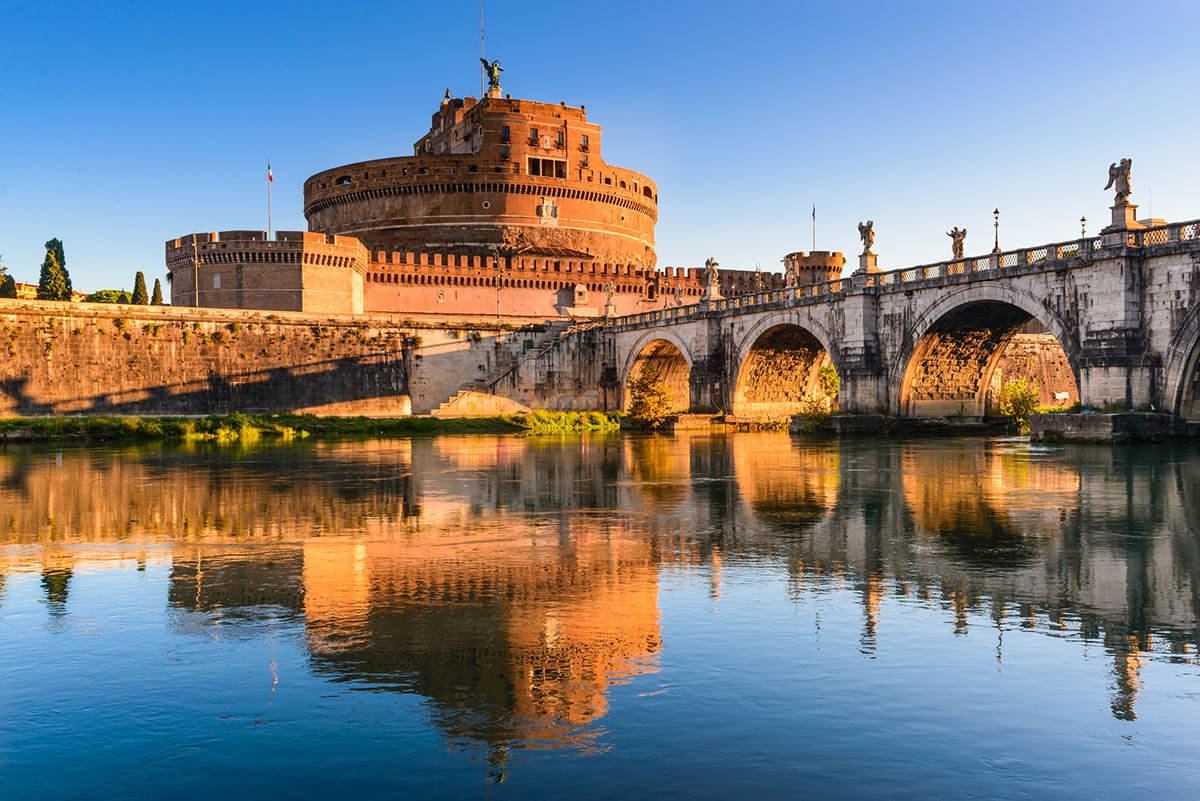
Castel Sant’Angelo in Rome, Italy, is a historic jewel situated along the banks of the Tiber River. Originally constructed as Emperor Hadrian’s mausoleum in the second century AD, it transformed over the centuries into a military fortress and a refuge for popes during turbulent times. This architectural marvel reflects Rome’s rich history and the enduring power of the Vatican.
The castle’s cylindrical shape, crowned with statues, is an iconic symbol of Rome’s skyline. A secret, fortified corridor known as the “Passetto di Borgo” was constructed, linking the castle to the Vatican, allowing the popes to escape in times of crisis. Today, visitors can explore its interior, which houses a museum showcasing the castle’s fascinating history, including its role in various historical events and its connections to popes and emperors. Castel Sant’Angelo stands as a testament to the layers of history that have shaped Rome and the enduring legacy of this remarkable city.
Windsor Castle, England

Windsor Castle, located in the heart of England, is not just a castle but a living testament to over 1,000 years of British history. As the oldest and largest inhabited castle in the world, it has served as a royal residence for generations of monarchs. The castle’s architecture reflects various periods, from the Norman Conquest to the Gothic Revival.
One of its most iconic features is St. George’s Chapel, the final resting place of notable figures such as Henry VIII and Queen Elizabeth, the Queen Mother. The castle’s State Apartments house a remarkable collection of art, including works by Leonardo da Vinci and Rembrandt. With its expansive grounds and the charming town of Windsor nearby, a visit to Windsor Castle is a journey through time and an immersion into the essence of British royalty. Simply catch a train to London Kings Cross Station and travel from there to Windsor with the different options available.
Château de Chambord, France

In the heart of the Loire Valley, Château de Chambord stands as a quintessential masterpiece of French Renaissance architecture. Commissioned by King Francis I in the 16th century, the castle is famous for its double helix staircase, said to be designed by Leonardo da Vinci. The staircase allows two people to ascend and descend without ever meeting in the middle.
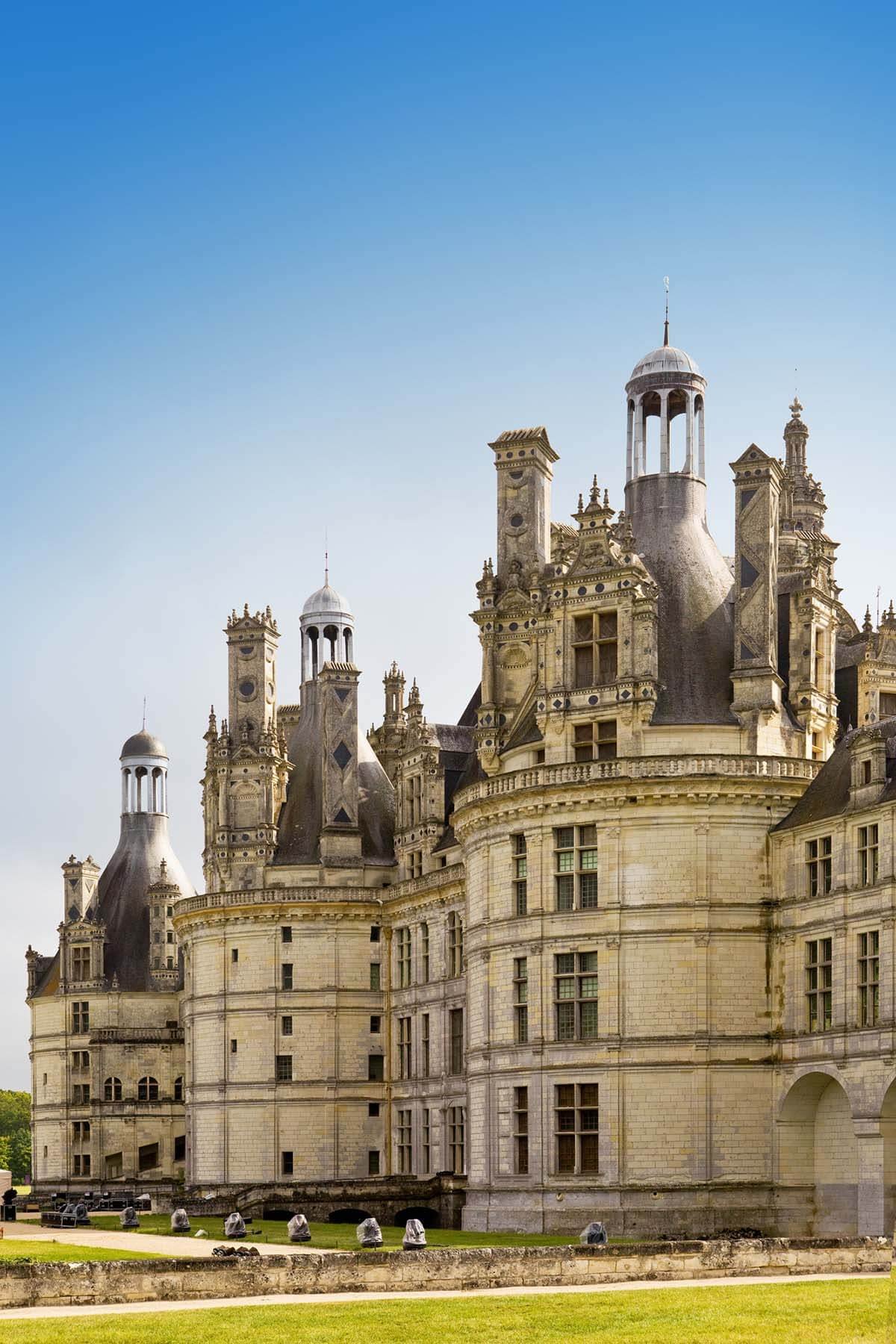
Chambord’s intricate façade boasts a symmetrical design, turrets, and spires that create a visual spectacle. The castle’s 440 rooms, designed to accommodate the royal entourage, offer a glimpse into the opulent lifestyle of the French monarchy. Surrounded by a vast hunting park, Château de Chambord is a splendid reminder of France’s artistic and architectural prowess during the Renaissance.
Edinburgh Castle, Scotland
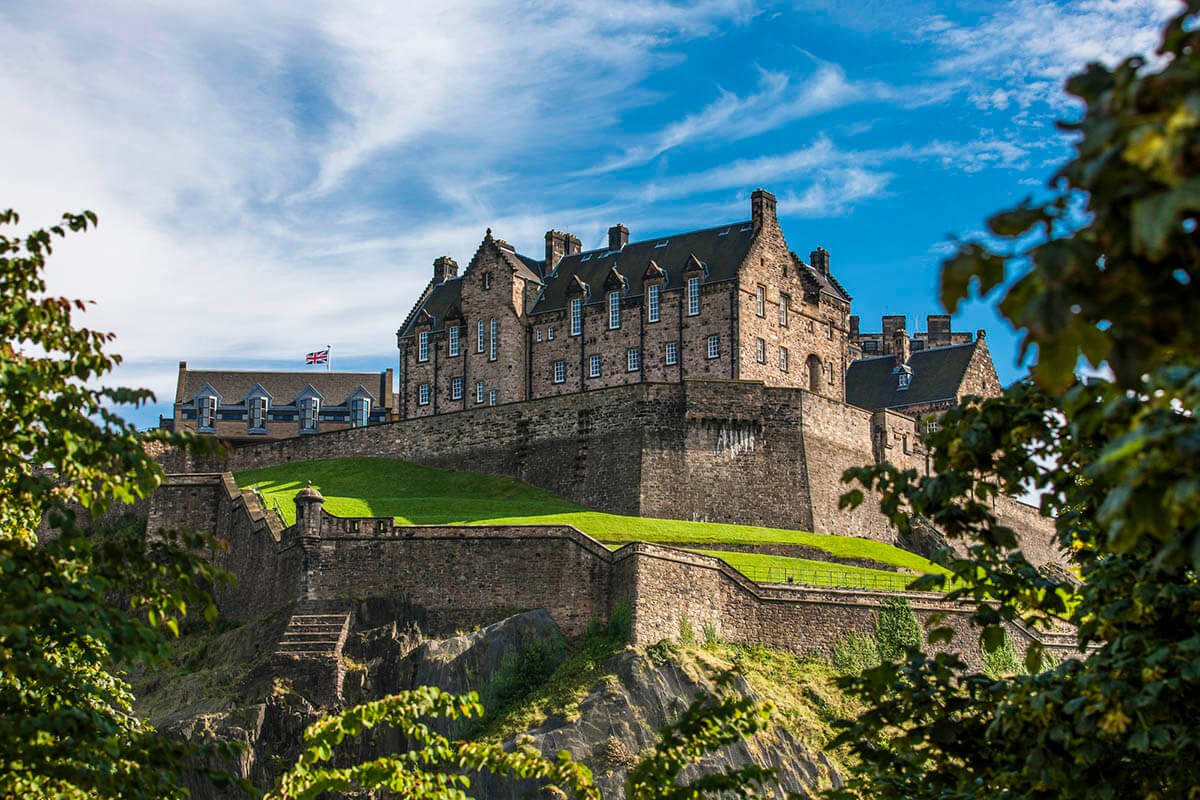
Perched dramatically atop an extinct volcano, Edinburgh Castle dominates the skyline of the Scottish capital. Its strategic location has made it a symbol of Scottish resilience throughout history. The castle houses numerous attractions, including the Stone of Destiny, Crown Jewels, and the Royal Palace.
Visitors can explore the castle’s battlements, which provide breathtaking panoramic views of Edinburgh and its surroundings. The One O’Clock Gun, fired daily except Sundays, is a tradition that dates back to 1861. Edinburgh Castle’s rich history and strategic importance make it a must-visit destination for anyone interested in Scotland’s past and its enduring spirit.
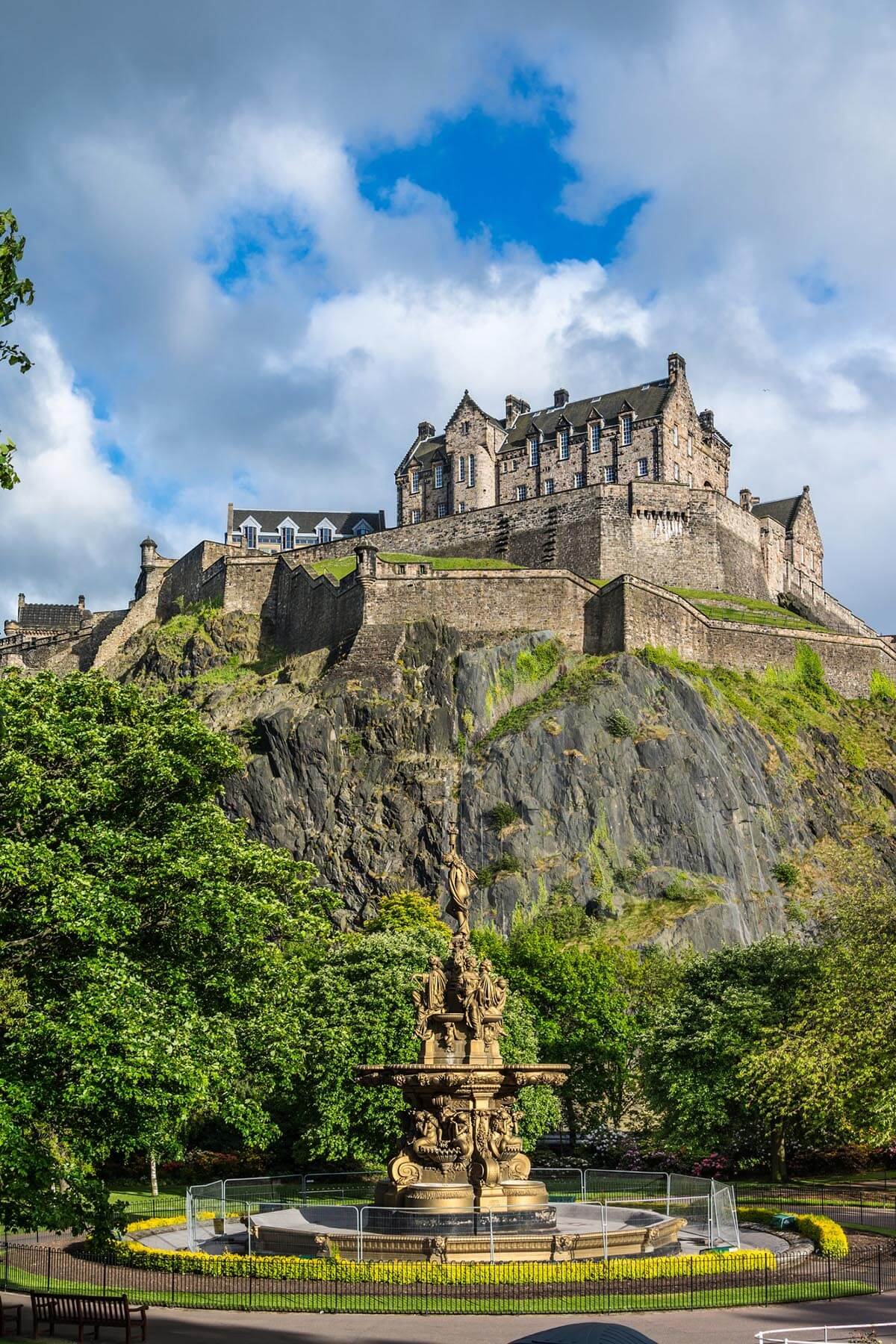
Prague Castle, Czech Republic

Prague Castle is not just a castle; it’s a sprawling complex of palaces, churches, and gardens that dominates the skyline of the Czech capital. With origins dating back to the 9th century, it’s one of the largest castle complexes in the world. The Gothic-style St. Vitus Cathedral, situated within the castle grounds, is a masterpiece of architecture and home to the Czech Crown Jewels.
A visit to Prague Castle offers a journey through time, from the historic Old Royal Palace to the colorful Golden Lane, once inhabited by castle marksmen and goldsmiths. The stunning views of Prague from the castle’s terraces are an added bonus, making it a cultural and visual delight for all who explore its vast grounds.
Alhambra, Spain
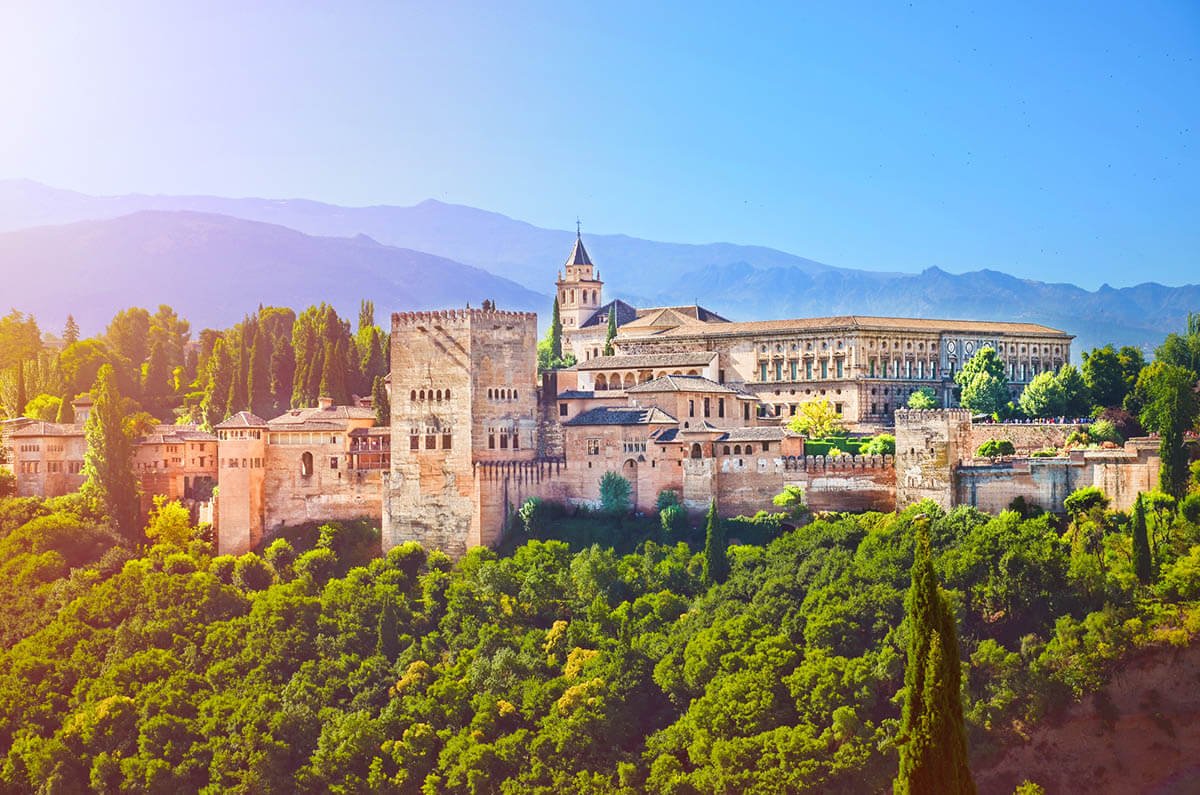
The Alhambra in Granada, Spain, is a jewel of Islamic architecture and one of the most captivating historical sites in Europe. This palace and fortress complex was constructed during the Nasrid dynasty in the 13th century. Its name, “Alhambra,” translates to “Red Castle” in Arabic, referring to the reddish hue of its walls.
The Alhambra’s exquisite Nasrid Palaces, with their intricate tilework, elegant courtyards, and tranquil gardens, provide a glimpse into the opulence of the Moorish era. Visitors can wander through the iconic Generalife Gardens, a place of serene beauty and relaxation. The Alhambra’s fusion of Islamic and Christian influences makes it a cultural treasure trove and a UNESCO World Heritage Site, attracting visitors from around the globe.
Hohenzollern Castle, Germany
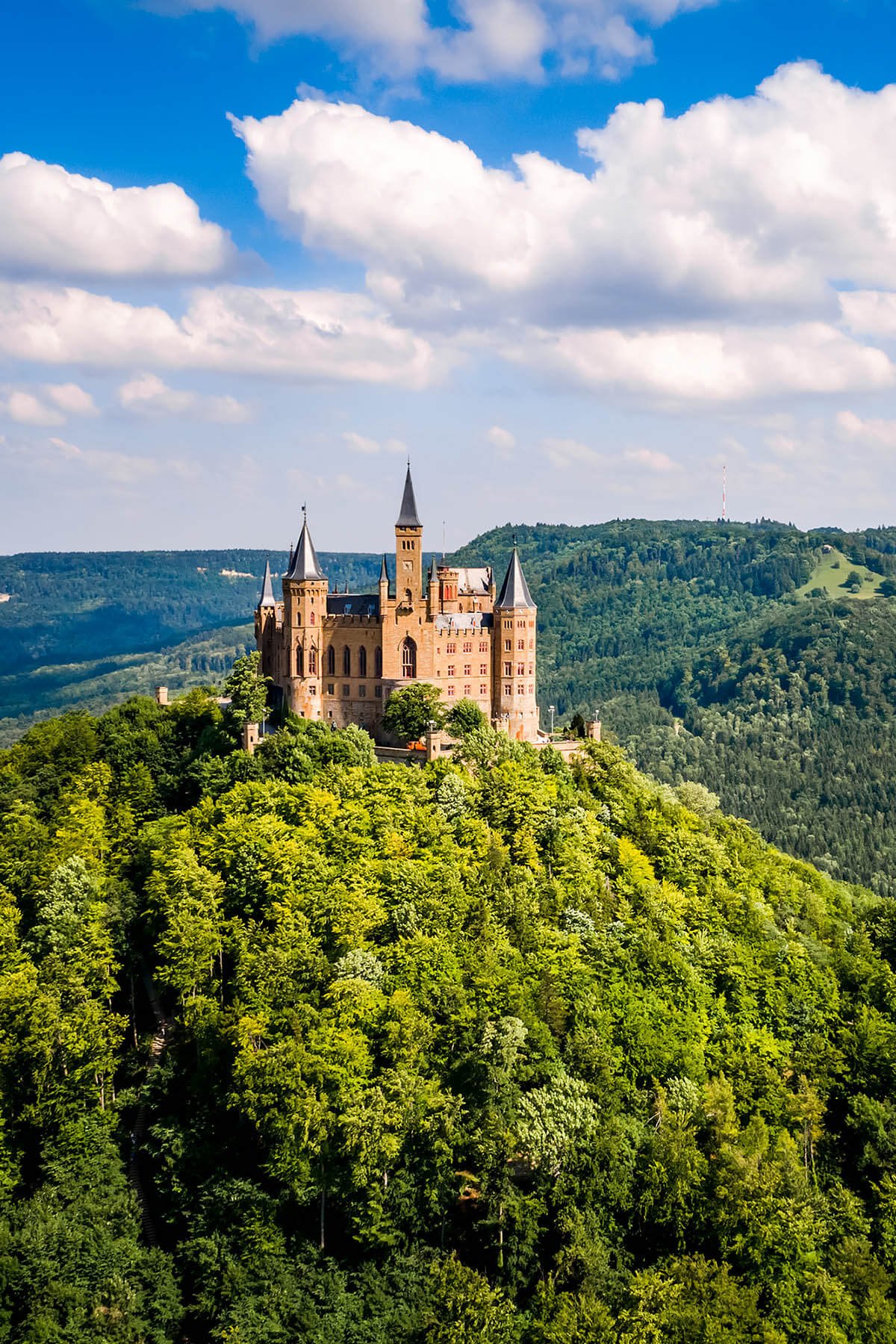
Hohenzollern Castle, perched high on a hill in Baden-Württemberg, Germany, is a dreamlike fairytale fortress. With its commanding views of the Swabian Alps and the surrounding countryside, it’s both a historic site and a spectacular vantage point. The castle has a rich history, dating back to the 11th century.
Its picturesque turrets and towers, along with its striking architecture, make it a popular destination for those seeking a glimpse into Germany’s medieval past. Visitors can explore its various courtyards, chapels, and rooms filled with historical artifacts. Hohenzollern Castle is a true gem nestled in the German countryside, offering a magical experience for all who venture within its walls.
Bran Castle, Romania

Often associated with Bram Stoker’s Dracula, Bran Castle in Romania has an air of mystery and Gothic charm. Although the connection to the famous vampire is more fictional than factual, the castle’s history is nonetheless fascinating. It was originally built in the 14th century to defend against invading forces and served various purposes throughout its existence.
The castle’s unique architecture and location on the border between Transylvania and Wallachia make it a captivating attraction. Visitors can explore its eerie corridors, secret passages, and picturesque courtyards. Bran Castle stands as a testament to the legends and lore that have woven their way into popular culture, making it a must-visit destination for those intrigued by the dark tales of Transylvania.
Eilean Donan Castle, Scotland

Set against the dramatic backdrop of the Scottish Highlands, Eilean Donan Castle is a picture-perfect fortress. Its location on a small island at the confluence of three sea lochs makes it one of Scotland’s most iconic and photographed castles. Originally built in the 13th century, it served as a defensive stronghold against Norse invasions.
Eilean Donan Castle was meticulously restored in the early 20th century and now welcomes visitors to explore its historical interiors, including the Castle’s Keep and Banqueting Hall. The picturesque setting, with the surrounding mountains and the shimmering waters of Loch Duich, creates a postcard-worthy scene. Eilean Donan Castle is a symbol of Scotland’s rugged beauty and a testament to the country’s rich history.
Intriguing and captivating, these ten famous castles in Europe offer a diverse tapestry of history, architecture, and culture. Each fortress invites travelers to step into the past and immerse themselves in the stories that have unfolded within their walls. Whether you’re drawn to the opulence of Château de Chambord, the legends of Bran Castle, or the stunning landscapes surrounding Eilean Donan Castle, each of these iconic landmarks has a unique charm that continues to enchant visitors from around the world. So, embark on your castle adventure and uncover the magic and history hidden within these ancient stone walls.






